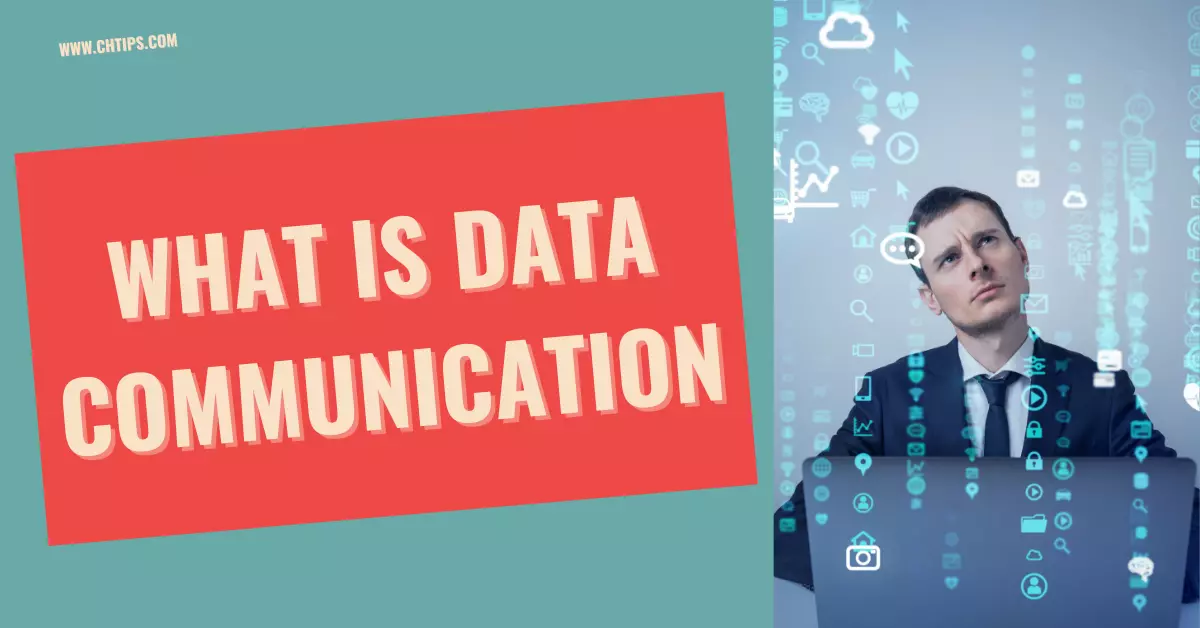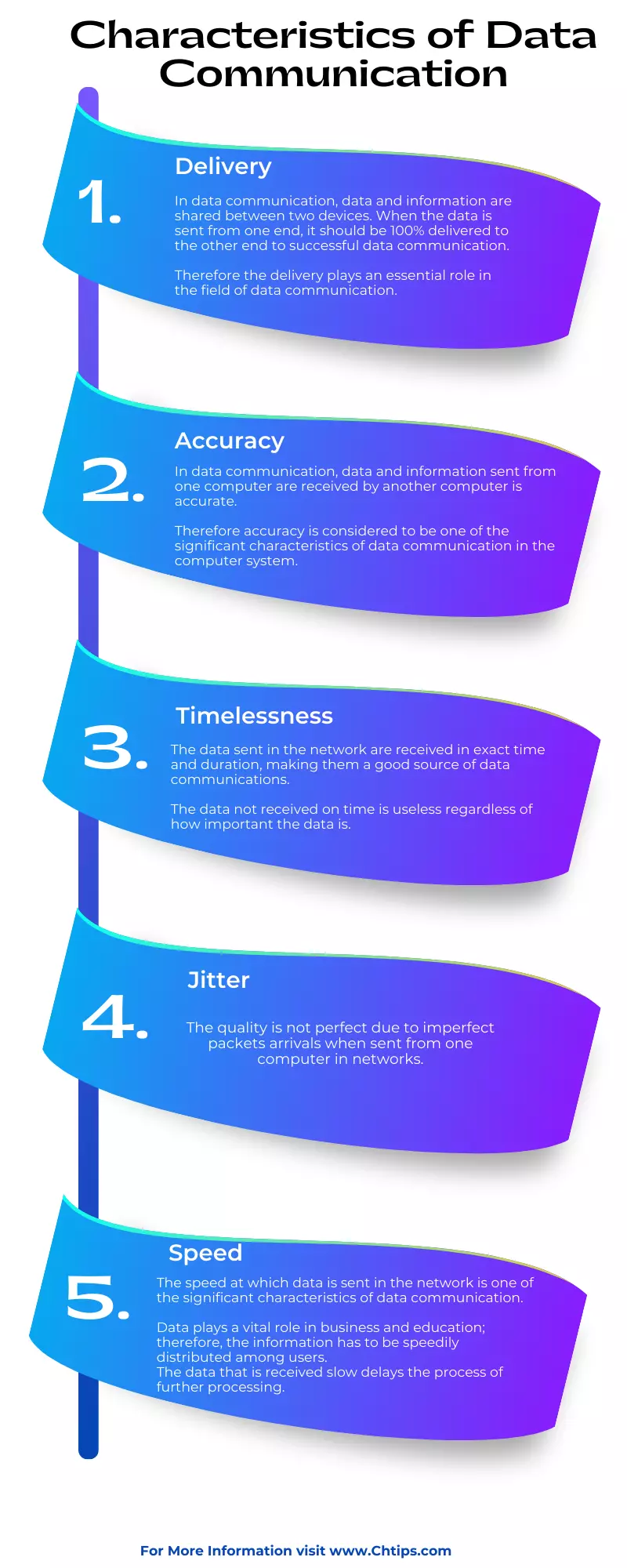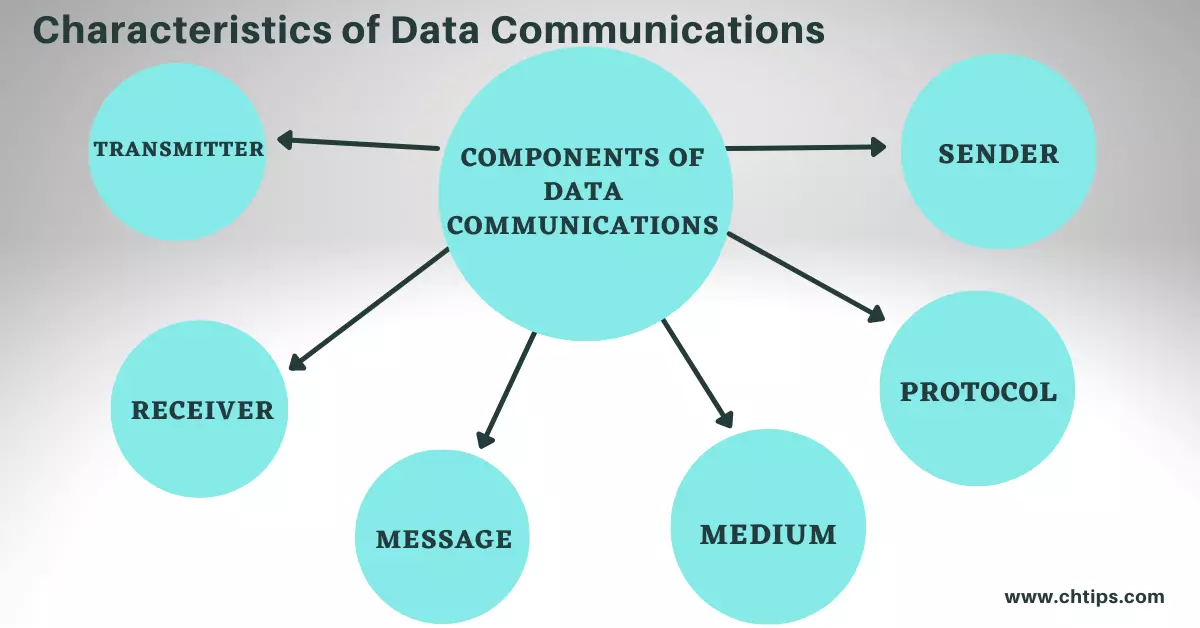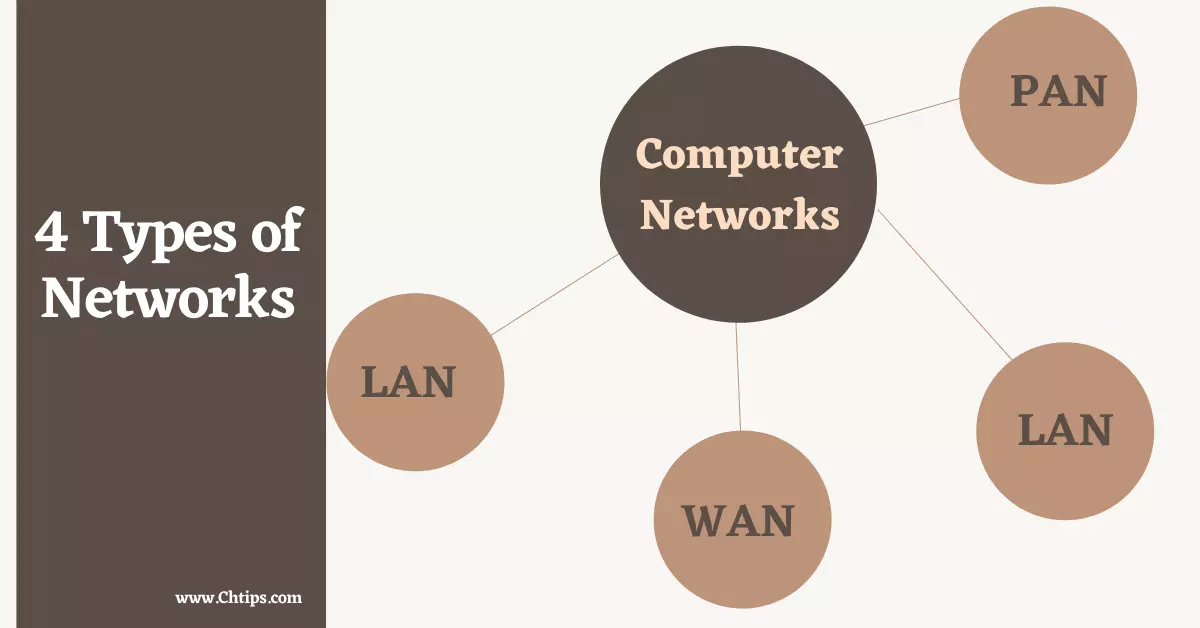Today we will learn 7 Fundamental Characteristics of Data Communications with Examples applications, advantages, components and types with images.
In today’s generation, technology has reached to a different level. The data communications are used in all the latest technology devices such as ships, aeroplanes, satellites, rockets, and the latest navigation system.
The data communications are used for better navigation and enhanced data transmission for better communication.
Data communication is a process where data | information is transferred or shared from one device to another with speed and accuracy using modern networking devices like Hub, wires, modems, etc.
The information is shared between two nodes | devices more reliably and efficiently using modern techniques for better communication.
The data communication system or process uses both hardware and software devices and services for better communications and data sharing features for better performance
The data communication has made the communication easy worldwide.
What is Data Communication With Examples
The word communications can be explained as transferring data and information using transmission mediums like cable, wired, or other sources.
In data communications, two or more computers or devices transfer digital or analog data using communications channels.
Communication is used to transfer information from one location to another.

The data transmitted from one device to another is in 1s and 0s, a binary form.
In computer networks, computers, laptops, tablets, and mobile phones are connected in a network where data and information are shared via cables and wires.
These networks are called “LAN”, “WAN”.
Some hardware devices are used in computer networks, such as routers, modems, hubs, cables, rj45 connectors, twisted cable pairs, fiber optic cables, etc.
The data and information are also shared using wireless networks such as Wi-Fi and Gifi.
The prime example of data communication is “Internet”.
Technology is ever-changing, and improving data communication technology consists of both hardware and software.
7 Fundamental Characteristics of Data Communications with Images

Fundamental Characteristics of Data Communications System
There are 7 characteristics of a data communications system with examples and images.
- Delivery.
- Accuracy.
- Timelessness.
- Jitter.
- Speed.
- Cost-Effective.
- Efficient.
1. Delivery.
In data communication, data and information are shared between two devices.
When the data is sent from one end, it should be 100% delivered to the other end to successful data communication.
Therefore delivery plays an essential role in the field of data communication.
2. Accuracy.
In data communication, data and information sent from one computer are received by another computer and are accurate.
Therefore accuracy is considered to be one of the significant characteristics of data communication in the computer system.
3. Timelessness.
The data sent in the network are received in exact time and duration, making them a good source of data communications.
The data not received on time is useless regardless of how important the data is.
4. Jitter.
The quality is not perfect due to imperfect packet arrivals when sent from one computer in networks.
5. Speed.
The speed at which data is sent in the network is one of the significant characteristics of data communication.
Data plays a vital role in business and education; therefore, the information has to be speedily distributed among users.
The data that is received slowly delays the process of further processing.
6. Cost-Effective.
The Internet is the cheaper means of data communication. The Internet can share and transfer data from one place to another at fantastic speed and with low-cost accuracy.
7. Efficient.
They are very efficient and hence made remarkable growth in the previous years.
The data communications like email and video calling have made things even easier for communications at a low cost.
Useful Video : Computer Memory
What are the 5 Components of Data Communications?
- Transmitter/Sender.
- Receiver.
- Message.
- Medium.
- Protocol.

The transmitter is an electronic device that uses an antenna to produce signals. Transmitters are used in telecommunications, where radio waves are produced for transmission.
1. Receiver.
The receivers are used to receive the message or information sent by the transmitter in communication systems.
2. Message.
Text, numbers, signs, symbols, images, sound, and videos are considered data or information.
3. Medium.
The data, information, and instruction are sent from one location to another using a medium. This medium is called a transmission medium.
The transmission mediums are further divided into.
- Unshielded Twisted Pair Cables.
- Shielded Twisted Pair Cables.
- Optic Fiber Cables.
4. Protocol.
The communications are established with the help of some set of rules and regulations. The rules that are mandatory for data and information sharing are called “Protocol”.
To successfully perform data communications in networks, these protocols are used,
What are the Examples of Data Communications?
5 Examples of Data Communications are
- Internet Connections.
- Video Calling.
- Messages.
- Radio
- Television
Different Types of Data Communication
There are three different types of data communications available.
- Simplex Chanel.
- Half Duplex Channel.
- Full Duplex Channel.
1. Simplex Channel.
In this channel, data and information can flow in only one direction for data communication.
In this communication, two devices are used; one device is used to send data, and the other is used to receive.
For Example
Radio signals can be sent from one end. The receiver cannot send signals from their end.
2. Half Duplex Channel.
In this channel, the data communication is made on both ends but not at the same time.
For Example
The telephone line is a prime example of the half-duplex channel.
3. Full Duplex Channel.
This channel provides communication of data on both ends. Both channels are responsible for data and information exchange.
For Example.
Wireless technology is used to exchange data, information, and flow at both ends at once.
8 Functions of Data Communication
- Communication.
- Information Sharing.
- Remote Access.
- Automation.
- Emergency Communication.
- Global Connectivity.
- Research and Education.
- Financial Transactions.
Data Communication Medium
- Standard Telephone Line
- Coaxial Cable
- Twisted Pair Cable
- Fibre Optic Cable
- Microwave Transmission
- Satellite Communication
- Wireless Communications
Related Articles
- 10 Uses of Computer in Different Fields With Pictures
- 10 Limitations of Computer System
- 10 Uses of Multimedia in Different Fields
- Characteristics of Fourth Generations of Computer
- What is Versatility In Computer Systems
- Advantages and Disadvantages of SATA
- Essential Attributes of Good Software
- Smallest Unit of Computer Memory Storage
- What is Reliability in Computer
- Advantages and Disadvantages of Satellite Communications
- What is Accuracy in Computer
- 12 Characteristics and Features of Fifth Generation Computer
- Characteristics and Features of Third Generation Computer
- 10 Characteristics and Features of Second Generation Computer
- 5 Components of Data Communications Network
- Learn Computer Fundamentals
- Computer Basic Tutorials
What are the Advantages of Data Communication System?
- They are relatively cheap sources of data communication.
- The speed of data sharing is excellent.
- They are accurate.
- Data communication is efficient means of communication.
- Modern computers are used in data communications for faster processing.
- The data is encrypted, and hence it is highly secured.
- Using the Internet, the data can be sent anywhere globally with high speed and 100% accuracy.
- The Network monitoring and services can be controlled.
- The data can be reused, edited as well as deleted.
- Remote access can be performed.
- Video Conferencing is made simple.
- Access to a huge knowledge source.
How Many Types of Data Communication Networks are There?

- LAN (Local Area Network).
- MAN (Metropolitan Area Network).
- WAN (Wide Area Network).
- PAN (Personal Area Network ).
Different Types of Topology
- Bus Topology.
- Ring Topology.
- Star Topology.
- Mesh Topology.
- Tree Topology.
- Hybrid Topology.
Main Purpose of Data Communication?
Frequently Asked Questions [FAQs]
What are the 7 characteristics of communication?
1. Sender and Receiver.
2. Message.
3. Channel.
4. Feedback.
5. Context.
6. Barriers.
7. Purpose.
Three fundamental characteristics of data communication?
1. Transmission.
2. Signal.
3. Interconnection.
Which of these is not a characteristic of data communication?
Interchangeability.
What are the two examples of data communication?
Telecommunications and computer networking.
Main purpose of data communication?
1. Information Exchange.
2. Real-Time Communication.
3. Remote Access.
4. Resource Sharing.
5. Data Storage and Retrieval.
6. Education and Distance Learning.
What is the most important element of data communications?
Message.
Get In Touch
The data communication used and extensively utilized for flawless data exchange and transfer with modern innovations and convenience.
Modern data communication has entirely changed the way data | information is handled, changed and processed.
I have also written and compiled some articles on computers and telecommunications, and please go through them.
I hope you will like reading it.
I hope that all the questions and queries related to 7 Fundamentals of Characteristics of Data Communications with Examples applications, advantages, components and types with images have been answered here.
If you have any questions related to what is Data Communications and their examples.
Don’t hesitate to get in touch with me, and if you need to add, remove or update anything from the article, please let me know in the comment section or via email.
I will be more than happy to update the article. I am always ready to correct myself.
Please share this article with your friends and colleagues; this motivates me to write more related topics.
!!! Thank You !!!